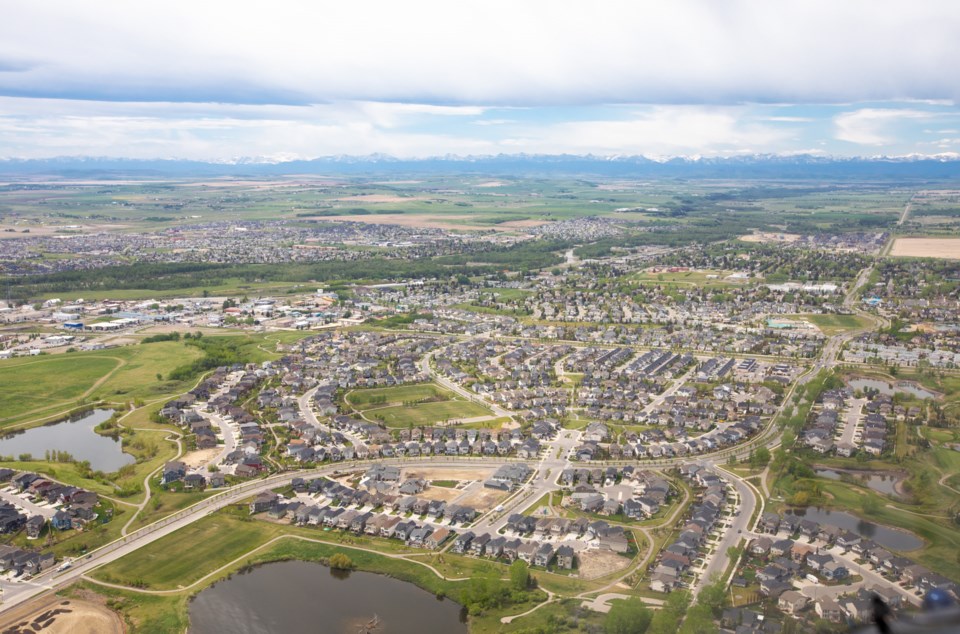I’m not sure there’s an ideal size for a town, although I’m guessing many would say it shouldn’t be a whole lot bigger than where they live now.
That poses a conundrum given that almost all towns experience growth over time. People who have been in Okotoks for years, since it was a 5,000- or 10,000-person town, might look at today’s population of 30,000 and long for the good old days, while those who are quite comfortable with present day could well view a doubling of the population as an abomination.
Towns increase in size primarily because there’s a demand for housing in a particular area, but growth also happens in certain spots because it's much easier to add to existing infrastructure than start from scratch.
Given all the griping I’ve heard over the years about growth negatively impacting quality of life, I’ve long wondered about the idea of a population cap -- I know that was tried here – as well as the viability of creating towns from scratch.
Rather than continually adding population until towns look nothing like they did originally, those scoping out a potential move would be told: “We’re full here but there’s plenty of housing in the new town down the road.”
What that magic number would be is the million-dollar question, one that would be exceedingly difficult to answer, or at least to find a consensus. In Okotoks’ case, that number could well be 10,000 or 20,000, which would exclude recent arrivals, or more accurately, those living in the most recent developments.
I get the concept of severely curtailing population growth in a bid to preserve a particular quality of life, but where do you draw the line? I find it ironic that some of those voicing concerns about all the housing that’s in the works – and admittedly there’s a lot on the drawing board -- wouldn’t be here today if earlier development didn’t happen.
If residents back in the day had put their foot down and said we like the town just the way it is, we don’t want any more growth to spoil that, most of us wouldn’t be living in Okotoks now. They didn’t, or at least not in sufficient numbers to have any effect, so here we are today.
As far as shifting that growth to another location, it’s an enticing, although perhaps not overly realistic, idea. Typically, a town pops up around a mill, mine or some other source of employment, so building houses in the middle of nowhere is unlikely to work.
However, given it’s largely been government policy, not a baby boom, that’s created more residents in search of housing, and in turn pushed prices upward, couldn’t government play a role -- tax incentives for a major employer and seed money for infrastructure – to create new towns where residents know what they getting going in?
I know it's far-fetched and would take political will that simply doesn’t exist, so I’m not holding my breath that anything of the sort happens, but it’s an interesting notion, nonetheless.
In the meantime, towns will continue to grow beyond the scope of what many residents desire.




